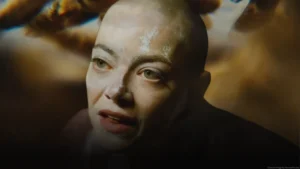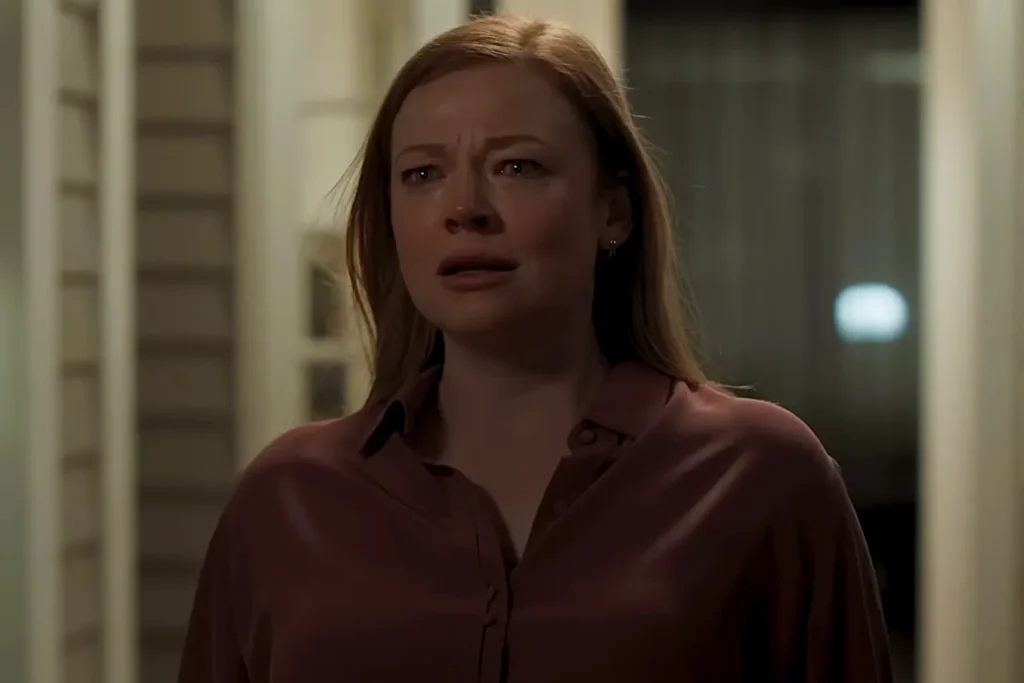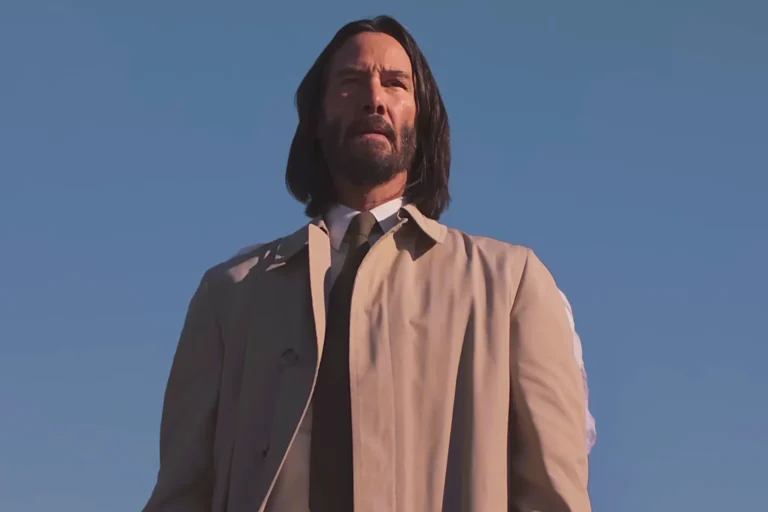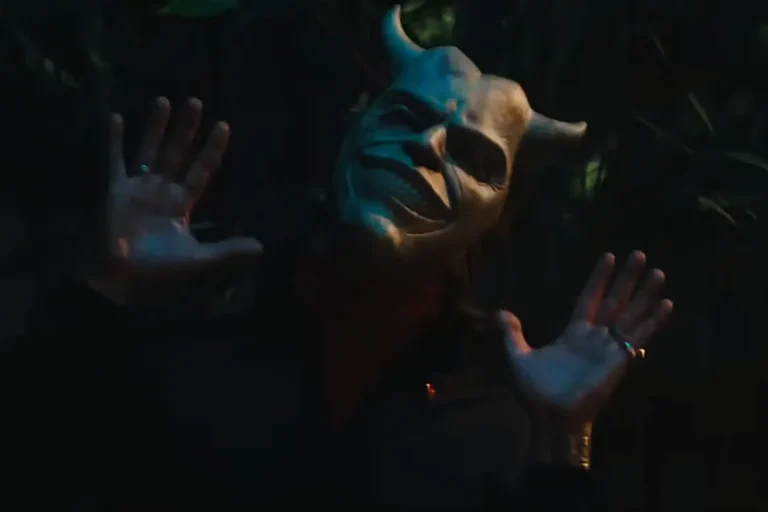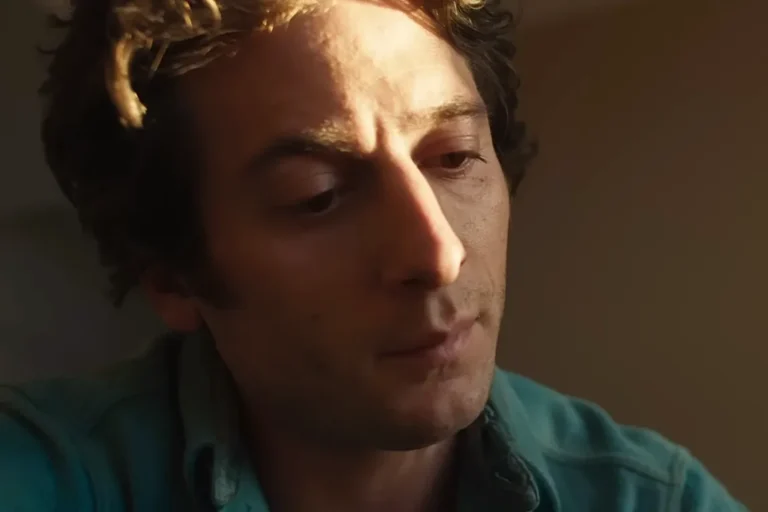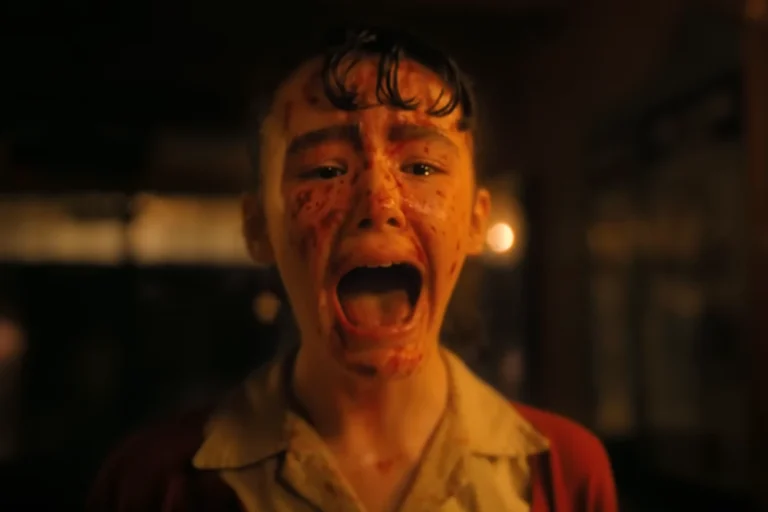Key Points
-
The Running Man movie significantly changes Stephen King’s bleak ending, replacing it with a hopeful, revolution-driven conclusion.
-
Edgar Wright’s adaptation shifts the story’s tone from King’s anger-fueled dystopia to a more optimistic, Hollywood-friendly narrative.
-
A closer reading suggests a possible metatextual interpretation, raising questions about whether the “happy ending” is just another corporate illusion.
Edgar Wright’s The Running Man delivers a sharp shift from Stephen King’s original 1982 novel, especially in its final act. While the film mirrors several story beats, its ending diverges in ways that dramatically alter the story’s tone and message. Instead of King’s grim fatalism, Wright leans into hope, rebellion, and survival — but whether that hope is genuine or manufactured remains open to interpretation.
How Does The Running Man Ending Differ From Stephen King’s Book?

The biggest and most debated change in The Running Man lies in its ending. King’s novel concludes with an unflinching, furious burst of self-sacrifice: Ben Richards, gutted and dying, crashes a jet into the Games Network headquarters. His final act isn’t heroic in the conventional sense — it’s an expression of rage against a system that has already taken everything from him. The result is destruction without redemption, and certainly without hope.
The film follows the novel’s setup: Richards commandeers a jet with Amelia Williams aboard and confronts the network executive, Killian. But from that point forward, Wright’s version softens and reshapes the scene. Instead of discovering that his family died tragically and unrelatedly, Richards sees footage of them being murdered by the Hunters. Rather than setting his own course toward death, he rejects Killian’s offer to become Hunter 6, kills McCone, and ejects Amelia to safety.
Where the novel ends in fire and fatal consequences, the movie pivots. Killian frames Richards by airing a deepfake of him threatening to destroy the network building, then blows up the jet with a missile. Moments later, rebel footage proves Richards survived, sparking nationwide revolt. The film goes even further: Sheila and Cathy appear alive, casually shopping, and Richards reappears nearby — mysterious, masked, and somehow back from the dead.
It’s an ending designed for uplift. King’s version leaves no survivors; Wright’s version restores them all.
READ MORE: The Beast in Me Cast Guide: Who’s Who in the Netflix Thriller
Why Did Edgar Wright Replace King’s Anger With Hope in The Running Man Ending?
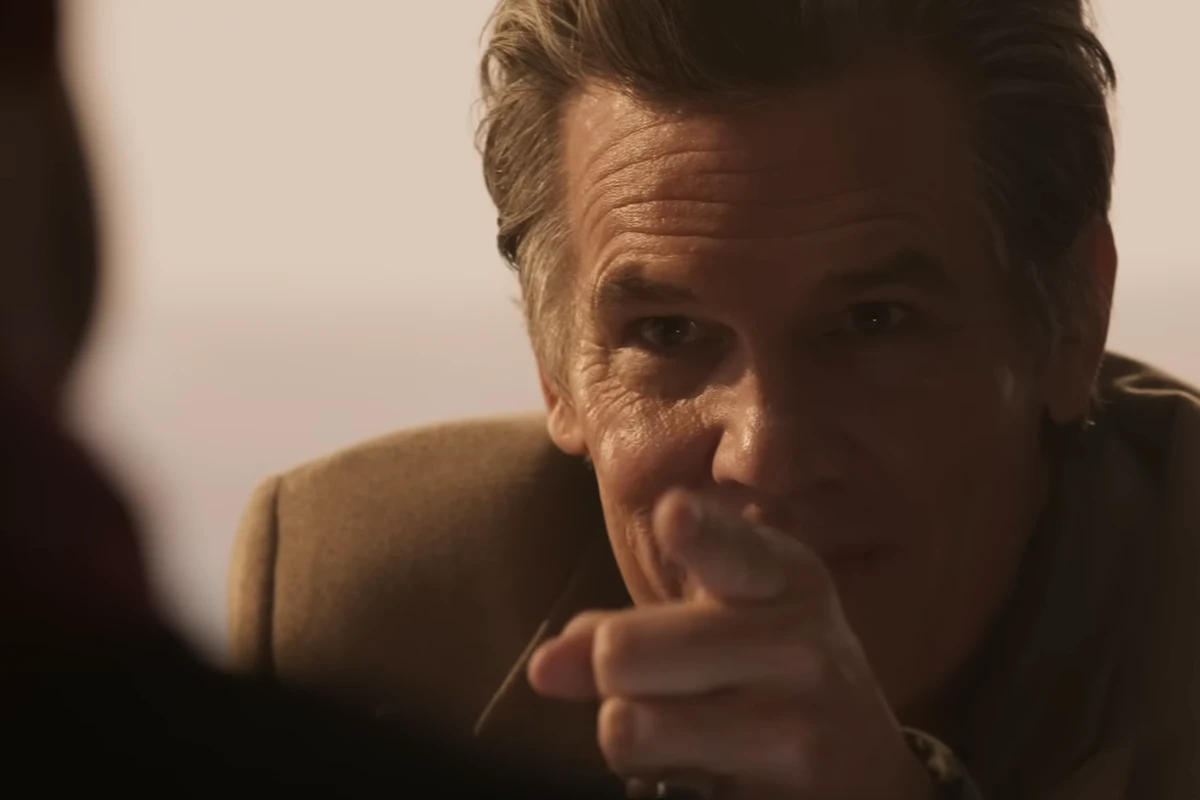
Stephen King’s The Running Man is soaked in rage — against inequality, propaganda, and a society that pits struggling people against one another. Most characters in the book don’t help Richards, not because they’re evil but because systemic despair has crushed their sense of solidarity. Even Amelia only assists him out of exhaustion, not principle.
Wright’s film operates on a different emotional frequency. Here, Richards is a fundamentally empathetic figure who tries to protect others. Ordinary people often help him, including Elton Perrakis, portrayed as a wiry rebel instead of the novel’s sad, struggling man overshadowed by racial and economic tensions. Even Elton’s mother, who reports Richards to authorities, is reinterpreted with compassion as a victim of dementia and media saturation.
This shift reflects a larger thematic change: the movie imagines that collective action can topple corruption if people simply see the truth. King’s worldview is far more cynical — he believed that anger, not optimism, fuels resistance. Wright’s version argues for revolution through unity rather than despair.
Why this change? Partly because mainstream films tend to avoid depicting mass hopelessness. Partly because The Running Man (2025) is a studio project designed for broad appeal. And partly, perhaps, because the world outside the theater already feels increasingly heavy; Wright and co-writer Michael Bacall might have chosen hope as a counterweight.
Is the Running Man Movie’s “Happy Ending” Actually Fake?
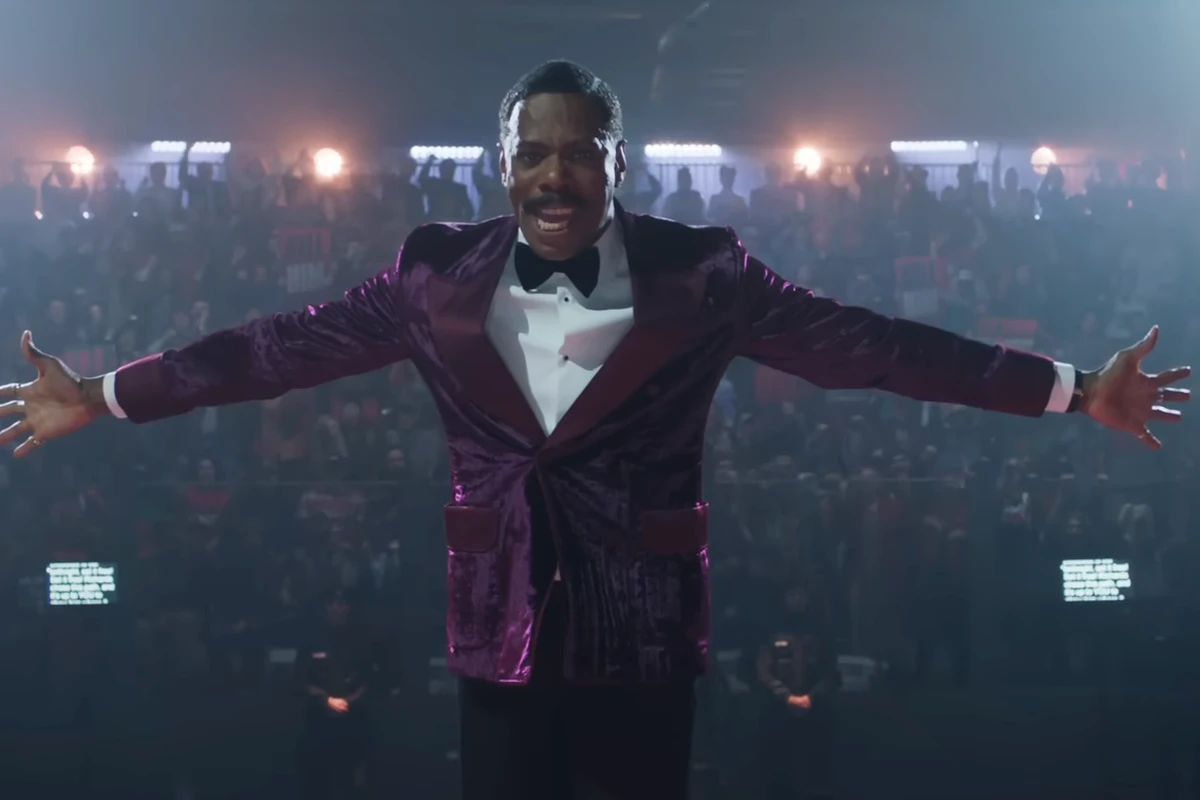
The explicit narrative shows a victorious uprising: Richards survives, the truth is exposed, and the people rise against the network. Sheila and Cathy live. The revolution begins. All is well.
But the film also plants seeds suggesting the ending shouldn’t be taken at face value.
Right before everything explodes — literally and figuratively — Richards speaks directly to the camera. He warns viewers that the network controls everything, that screens distort truth, and that real answers cannot be found through curated images. “Turn it off,” he urges. Both the in-universe and real audience receive the same message.
Then, after the plane’s explosion, the Apostle breaks the fourth wall again to announce that everything on screen is fake. Immediately after, the movie launches into its most polished, Hollywood-coded montage of revolution and reunion.
So which is it?
A triumphant, crowd-pleasing finale?
Or the network’s greatest deception yet?
A metatextual reading suggests the latter. The ending looks like exactly what a corporation would broadcast to pacify viewers: the hero lives, the system falls, everyone is safe, and real change has already happened — so no need to ask questions.
This interpretation flips the film back toward King’s despair. The system still wins, because stories of triumph become tools of distraction.
Whether intentional or not, this reading gives the movie a darker undercurrent that resonates long after the credits roll.
READ MORE: Netflix’s The Beast in Me Ending Explained
What Does the Running Man Ending Say About Media Control and Public Perception?
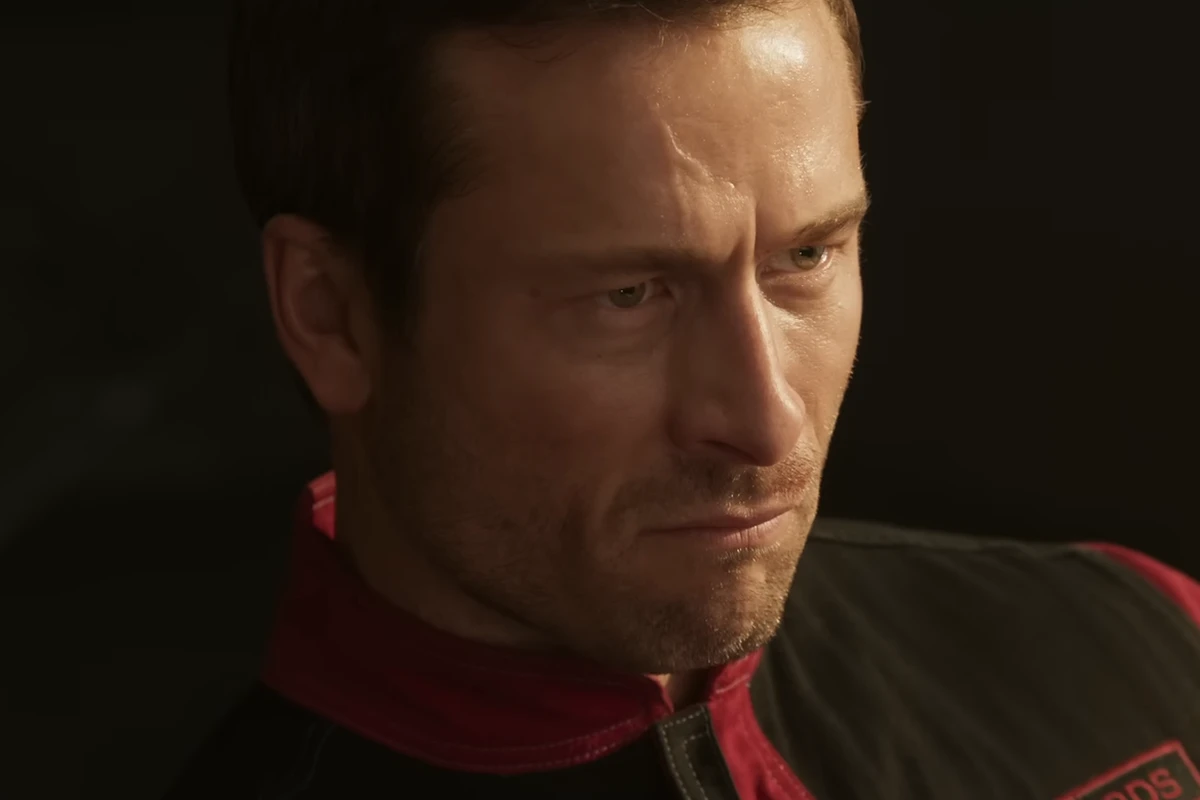
One theme remains consistent between book and film: the power of images to manipulate the masses. King’s story focuses on a culture numbed by spectacle and stripped of solidarity. Wright’s version updates that idea to a world dominated by screens, deepfakes, and algorithm-driven propaganda.
Killian’s final attack in the film — the deepfake of Richards threatening mass death — shows exactly how easily narratives can be twisted. Even the uprising relies on video evidence to spark change.
In all versions of The Running Man, what people see determines what they believe. The open question is whether what they’re seeing is ever real.
READ MORE: Does Now You See Me 3 Include Any Mid- or Post-Credit Scenes?
Does the Movie or the Book Offer the More Fitting Ending?

The answer depends on what The Running Man is meant to be.
If it’s a story about personal sacrifice and righteous fury, King’s original ending stands unmatched. Its violence isn’t for shock value; it’s the natural endpoint of a world that crushes the vulnerable and buries truth beneath spectacle.
If it’s a blockbuster meant to entertain and energize, Wright’s ending fits Hollywood’s long history of resisting finality. Killing a protagonist — especially one framed as a symbol of the people — risks alienating mainstream audiences.
But arguably the most interesting version is the metatextual one: the idea that the “happy ending” is itself propaganda. That possibility brings the movie full circle to King’s cynicism. Instead of confronting audiences with bleak reality, it tricks them using the same tools the story critiques.
Either way, the contrast between the two endings offers a compelling look at how the same narrative can shift depending on tone, medium, and cultural moment.
READ MORE: Now You See Me 3 Streaming Details: How to Watch It
The Running Man (2025) Release Information
-
Director: Edgar Wright
-
Screenplay: Michael Bacall & Edgar Wright
-
Based on: The Running Man (1982) by Stephen King (as Richard Bachman)
-
Starring: Glen Powell, Josh Brolin, Emilia Jones, Lee Pace, Daniel Ezra, Michael Cera
-
Release: Now playing in theaters (as of November 2025)
Stay updated with the Latest News and Stories, follow us on our social media platforms.
You can follow us on:
Nerdveda is Popculturexp on X
Stay Connected!! Join our Whatsapp Channel




